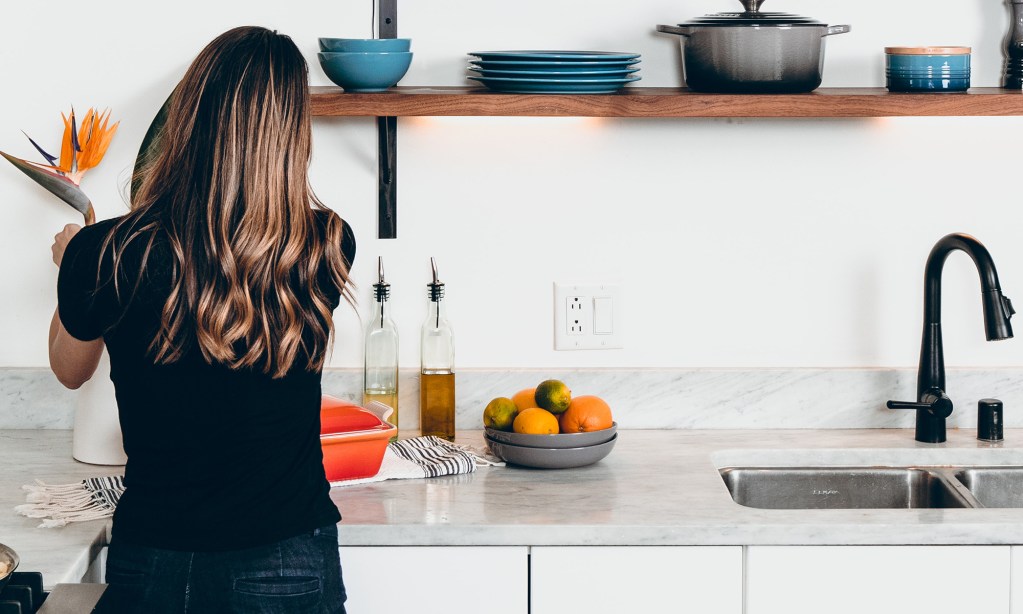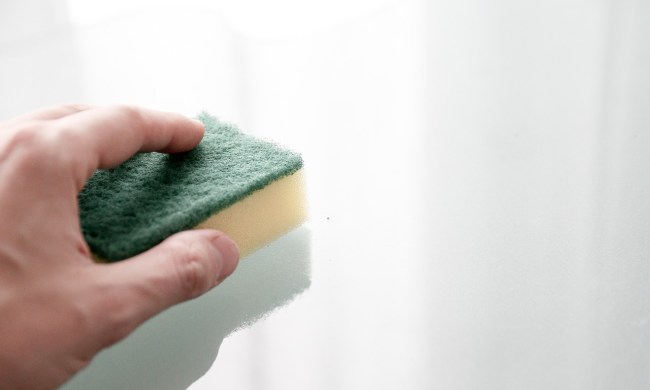Quartz countertops are a stylish and durable choice for many modern homes. These lovely stone countertops offer a sleek appearance and are resistant to stains, scratches, and wear. However, even the most resilient surfaces need proper care to keep them looking their best.
If you’re wondering how to clean quartz countertops effectively, this guide will walk you through every detail, so your countertops stay as dazzling as the day they were installed.
Benefits of regularly cleaning quartz countertops

Quartz countertops are engineered with a blend of natural stone and resins, making them nonporous and low maintenance. However, neglecting routine cleaning can have its downsides. Over time, dirt and grime can build up, creating a dull appearance on your otherwise glossy surface.
Even though quartz is a stain-resistant material, prolonged exposure to spills like coffee, wine, or oil can lead to discoloration. Regular kitchen cleaning prevents these issues and helps maintain the surface’s protective resin layer. By staying consistent, you not only extend the life of your countertops, but also keep them looking flawless for years to come.
How to clean quartz countertops: Step by step

Maintaining quartz countertops doesn’t require heavy-duty cleaning supplies or complicated techniques. Here’s a simple step-by-step method to clean them properly:
- Gather your supplies: You’ll need a soft microfiber cloth, mild dish soap, warm water, and a nonabrasive sponge.
- Wipe down the surface: Start by removing crumbs and debris with a dry microfiber cloth. This prevents scratches while you clean.
- Mix your cleaning solution: Fill a spray bottle with warm water and a few drops of mild dish soap. Shake it gently to mix.
- Spray and wipe: Lightly spray the countertop with the soapy water solution. Use a microfiber cloth or sponge to wipe down the surface in gentle, circular motions.
- Rinse and dry: After cleaning, wipe the countertop with a damp cloth to remove any soap residue. Finish by drying with a clean, dry microfiber cloth to restore its shine.
Removing stains from quartz countertops

Although quartz is designed to resist stains, accidental spills can sometimes leave marks if not addressed promptly. For tougher stains, you can use a quartz-safe cleaner, but you should always test the cleaner on a small, inconspicuous area first to ensure it doesn’t damage the surface.
Here’s how to tackle common stains.
Grease or oil stains
Apply a small amount of dish soap directly to the stain and gently scrub with a nonabrasive sponge. Rinse thoroughly.
Hard water spots
Mix equal parts of water and white vinegar in a spray bottle. Spray the solution on the stain, let it sit for a few minutes, then wipe clean with a damp cloth.
Dried food or sticky residue
Use a plastic scraper to gently remove hardened residue. Avoid using metal scrapers, as they can scratch the surface.
How often should you clean quartz?

Daily cleaning is ideal for quartz countertops, especially if you use the kitchen frequently. A quick wipe down with a damp cloth can help remove crumbs, fingerprints, and light spills. For a deeper clean, aim to thoroughly clean your countertops at least once a week using the method outlined above. Regular cleaning not only keeps your countertops looking spotless but also helps prevent long-term damage.
Maintenance tips

To keep your quartz countertops in pristine condition, follow these maintenance tips:
- Use cutting boards and trivets: While quartz is scratch and heat resistant, it’s best to avoid cutting directly on the surface or placing hot pans on it. Use cutting boards and trivets to protect your countertops.
- Clean spills immediately: Wipe up spills as soon as they happen to prevent any potential staining, especially from acidic substances like lemon juice or red wine.
- Polish occasionally: To maintain a glossy finish, use a quartz-safe polish occasionally. This helps enhance the natural shine without damaging the resin.
- Avoid overcrowding: Keep heavy appliances or objects evenly distributed across the countertop to prevent stress or cracking.
What NOT to do when cleaning quartz countertops

To avoid accidentally damaging your quartz countertops, steer clear of these common mistakes:
- No harsh chemicals: Avoid using bleach, ammonia, or any acidic cleaners, as they can break down the protective resin and lead to discoloration.
- No abrasive pads: Steel wool, scouring pads, and other abrasive tools can scratch the surface. Stick to soft sponges and microfiber cloths.
- No prolonged exposure to sunlight: Quartz is not UV resistant. Avoid placing your countertops in direct sunlight for extended periods, as this can cause fading or warping over time.
- No excessive force: Never use excessive force to remove stains or hardened residue. Instead, opt for gentle methods like soaking the area before wiping.
Quartz countertops are a stunning addition to any home, combining durability with modern elegance. With proper care and regular cleaning, they can maintain their luster for years. By following this guide on how to clean quartz countertops, you’ll ensure they remain spotless and damage-free, no matter how busy your household gets. Take a few minutes each day to give your countertops some TLC, and they’ll reward you with beauty and functionality that lasts a lifetime.




